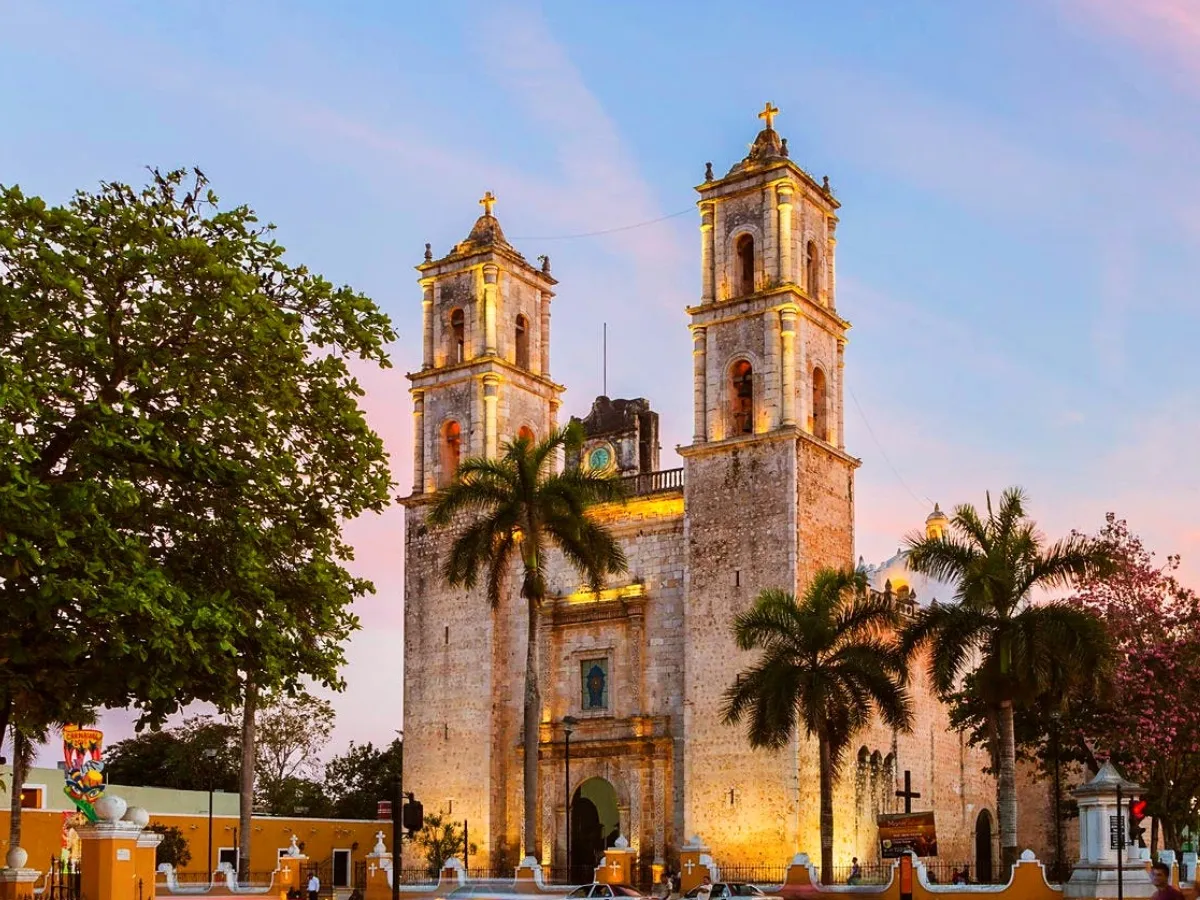Throughout time, the three entities of the Peninsula have been attractive for thousands of foreign migrants that have settled down in Mexico; in the same way that many Mexicans, coming from different States, have seen Campeche, Quintana Roo, or Yucatan as residential alternatives.
According to data from the Population and Housing Census 2020, carried out by the National Institute of Statistics and Geography (Inegi), 26,538 migrants from other regions of the world have come to live in the Peninsula, of which more than half came from North American countries (62.7 percent), followed by South America (25.3 percent) and Europe (10.5 percent).
Some 23 percent of the foreign migrants residing in the Peninsula are from the United States. In this sense, the majority of foreign migrants who settled in the Peninsula (in the last 5 years) live in Quintana Roo (15,392 people), of which a large part came from the United States (3,533 people, 23. 0 percent), Guatemala (2,028 people, 13.2 percent), Venezuela (1,883, 12.2 percent), Argentina (1,452 people, 9.4 percent), Cuba (1,360, 8.8 percent) and Colombia (1,078 people, 7.0 percent).
In addition, the main causes of migration to Quintana Roo in recent years were for labor (4,356 people, 28.3 percent), family (3,643, 23.7 percent) and economic reasons (2,628 people, 17.1 percent).
In the case of Yucatan, 8,463 foreign migrants live in the state and of this total, 3,951 are Americans (46.7 percent), 781 are Cubans (9.2 percent), 722 are Panamanians (8.5 percent), 463 are Colombians (5.5 percent), 383 are Spaniards (4.5 percent) and 355 are Canadians (4.2 percent).
Furthermore, among the main causes of migration to Yucatán were family (3,811 people, 45.0 percent), housing (1,674 people, 19.8 percent) and economic (946 people, 11.2 percent).
Meanwhile, 2,683 foreign migrants have come to Campeche to reside, of which more than half are Americans (538 people, 57.3 percent), 288 are Guatemalans (10.7 percent), 259 are Venezuelans (9.7 percent), 149 are Cubans (5.6 percent) and 133 are Argentines (5.0 percent).
Also, among the main causes of migration to Campeche in recent years were family (1,538 people, 57.3 percent), economic (440 people, 16.4 percent) and housing (203 people, 7.6 percent).
Fifty-two percent of migrants from other states come from Tabasco, Veracruz, Chiapas and CDMX. Now, in the case of internal migration, the Entities of the Peninsula have received 346,796 Mexican citizens from other states, mainly from Tabasco (63,936 people, 18.4 percent), Veracruz (40,509 people, 11.7 percent), Chiapas (40,078 people, 11.6 percent) and Mexico City (35,757 people, 10.3 percent).
Likewise, most of the immigrants who arrived in the region from other states of the country came to Quintana Roo, totaling 191,167 people, of which 39,787 are from Tabasco (20.8 percent), 31,734 are from Chiapas (16.6 percent), 26,063 are from Veracruz (13.6 percent), 20,492 are from the capital (10.7 percent) and 16,058 are from Yucatan (8.4 percent).
In this context, 120,114 people from other states of the country have arrived in Yucatan, of which the largest number come from Quintana Roo (29,293 people, 24.4 percent), Campeche (18,627 people, 15.5 percent), Tabasco (16,356 people, 13.6 percent) and Mexico City (13,633 people, 11.4 percent).
Finally, Campeche has received a total of 35,515 migrants, mostly from Tabasco (7,793 people, 21.9 percent), Veracruz (5,853 people, 16.5 percent), Yucatan (4,167 people, 11.7 percent), Quintana Roo (4,164, 11.7 percent) and Chiapas (3,024 people, 8.5 percent).
TYT Newsroom



